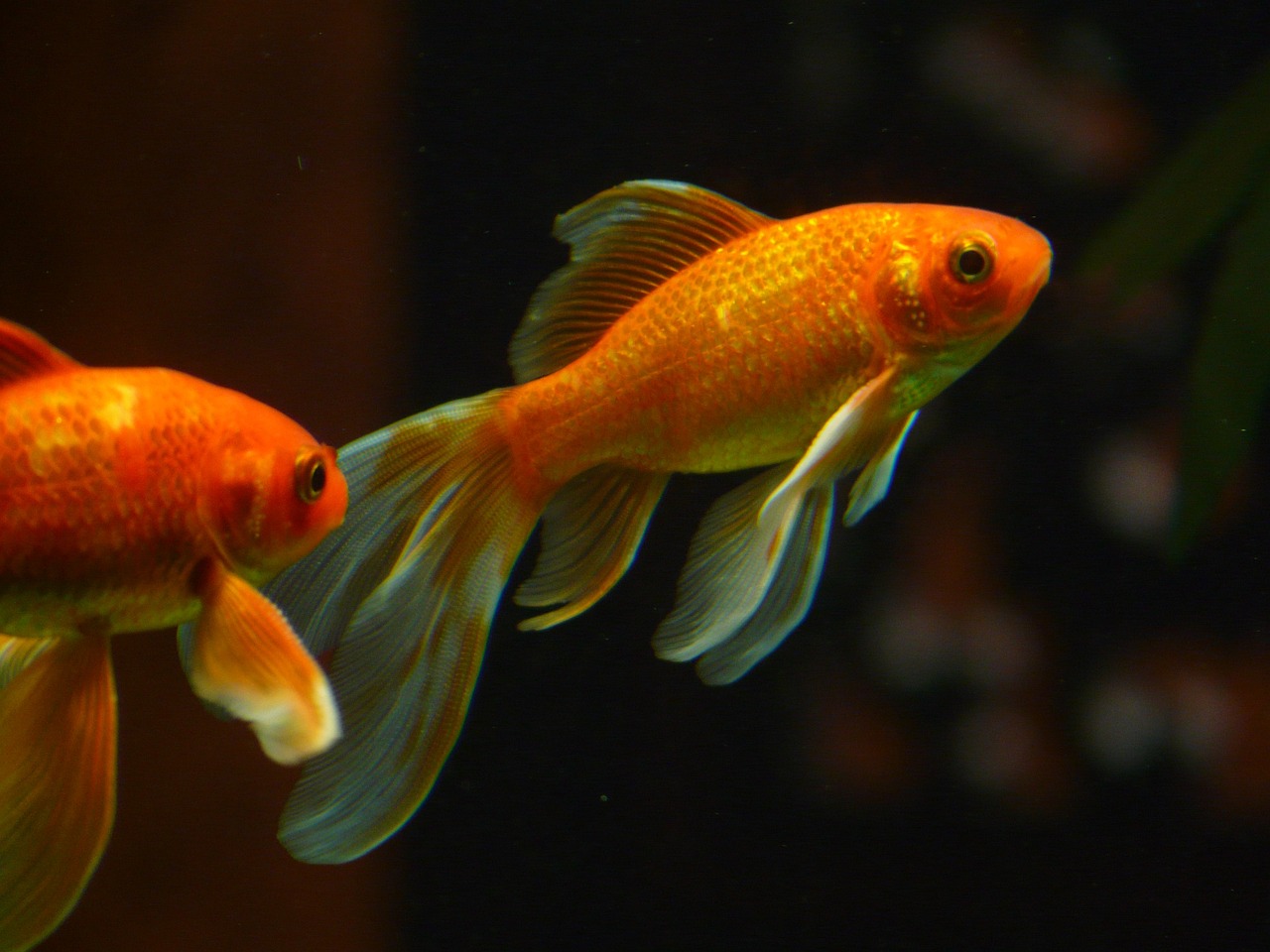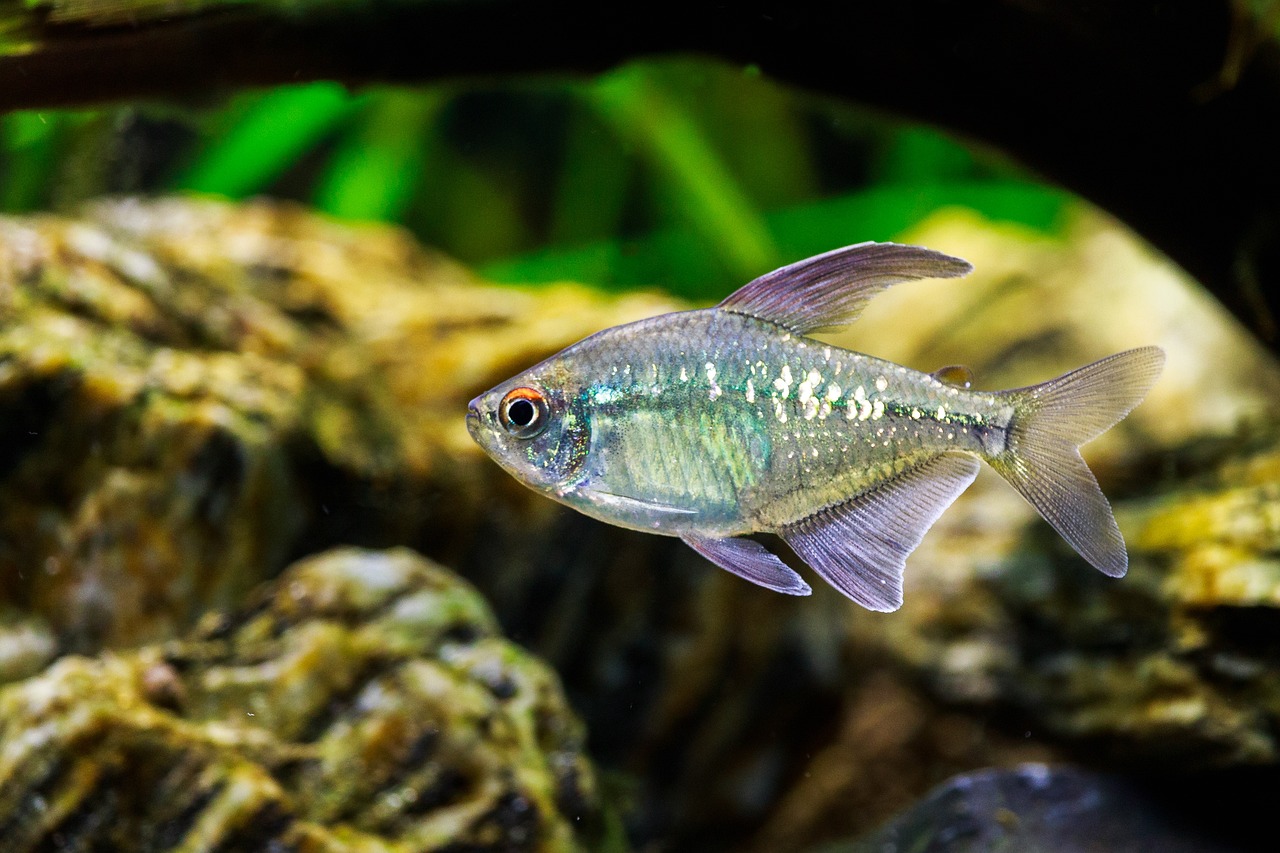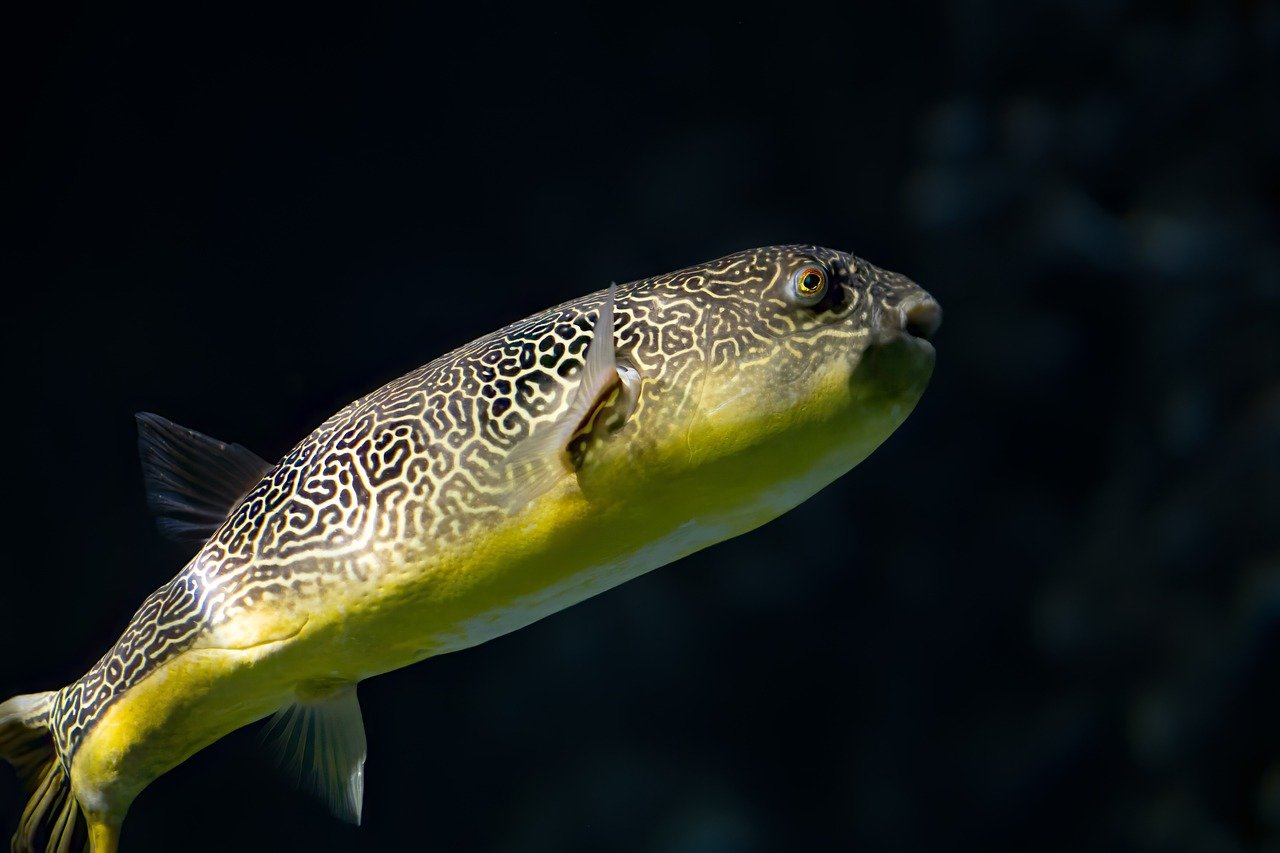If you’re diving into the world of fishkeeping, you’ve probably heard about hospital tanks. But what exactly are they, and why are they essential for any serious aquarist? Let’s explore the purpose of hospital tanks, how to set one up, and the best practices for managing them.
What is a Hospital Tank?
A hospital tank, also known as a quarantine tank, is a separate aquarium designed specifically for treating sick or injured fish, and for quarantining new arrivals before introducing them to your main tank. This tank helps prevent the spread of disease, reduces stress on ill fish, and provides a controlled environment for treatment.

Why Set Up a Hospital Tank?
- Prevent Disease Spread: New fish or plants can carry diseases or parasites that may infect your existing aquarium inhabitants. Quarantining them first ensures that any potential issues are identified and treated before they spread.
- Controlled Treatment: Sick fish need a calm, stress-free environment to recover. A hospital tank allows you to monitor and medicate them without affecting your main tank’s delicate ecosystem.
- Minimize Stress: Separating a sick or injured fish from the bustling community tank reduces stress, allowing them to heal more effectively.
- Protect Your Investment: Fishkeeping can be a significant investment of time and money. A hospital tank helps protect that investment by ensuring the health and longevity of your fish.
How to Set Up a Hospital Tank
Setting up a hospital tank is straightforward and doesn’t require a large investment. Here are the essential steps:
- Tank Size: A 10 to 20-gallon tank is typically sufficient. The size depends on the number and size of the fish you plan to quarantine or treat.
- Filtration: Use a sponge filter or an air-driven filter. These provide necessary filtration without creating strong currents that can stress sick fish. Avoid using a filter with carbon as it can remove medications from the water.
- Heater and Thermometer: Maintain a stable, appropriate temperature for the species you are treating. A heater and thermometer are essential for monitoring and maintaining temperature.
- Aeration: Ensure good oxygenation with an air stone or the sponge filter’s bubbling action.
- Substrate and Decorations: Keep it simple. A bare-bottom tank is easier to clean and monitor. If you must add hiding places, use easily sanitized items like PVC pipes.
- Lighting: Use a standard aquarium light but keep it subdued to reduce stress on the fish.
- Water Quality: Regular water changes are crucial. Check parameters frequently and keep the water pristine to aid recovery.
Managing a Hospital Tank
Once your hospital tank is set up, effective management is key:
- Quarantine New Fish: Always quarantine new fish for at least 2-4 weeks. Observe for signs of disease and treat if necessary before adding them to your main tank.
- Monitor Health: Keep a close eye on any fish in the hospital tank. Look for improvements or any signs of new symptoms.
- Medication: Administer medications as needed. Follow instructions carefully regarding dosage and duration.
- Regular Cleaning: Perform frequent water changes (at least 25% every few days) to keep the environment clean. Use a siphon to remove uneaten food and waste.
- Observation and Patience: Give your fish time to recover. Avoid the temptation to rush them back into the main tank.
Setting up and maintaining a hospital tank is a critical part of responsible fishkeeping. It not only helps in managing the health of your fish but also protects your entire aquatic ecosystem. By following these steps, you can ensure a safe, healthy environment for both new and existing fish in your care. Happy fishkeeping!





